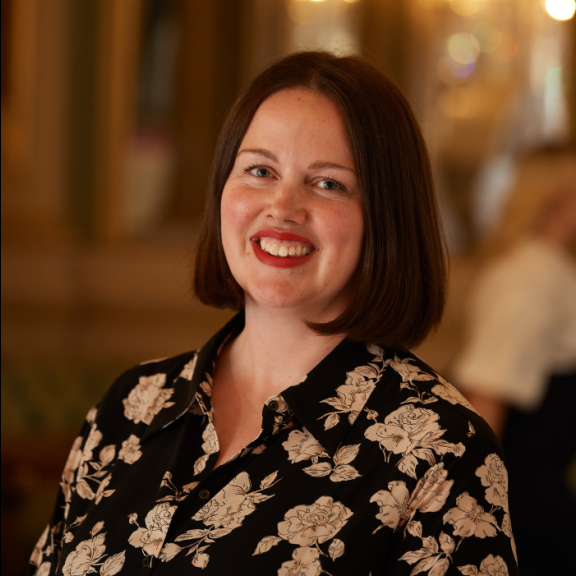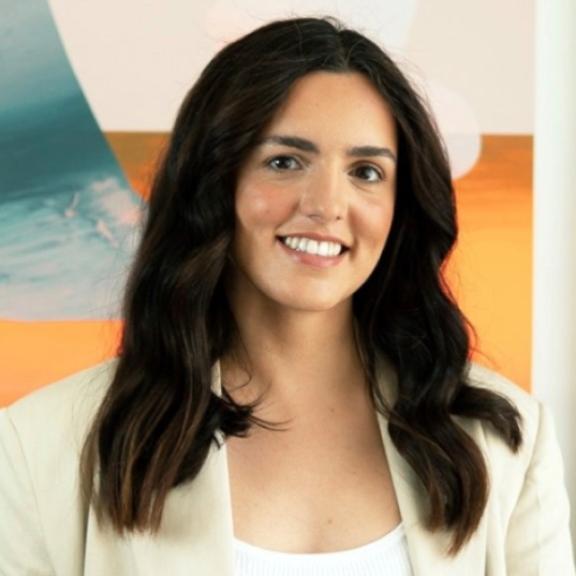Setting up on your own vs working for a practice: which is best for you?
Choosing between starting your own business and joining an interior design firm? We asked BIID members about the pros and cons.

As an interior designer, you have the option to set up your own practice or join an existing one. Both can offer distinct advantages, but with both there are also factors that need to be thought over to allow you to make the best decision.
To help those considering either route, we talked to BIID members about the benefits and possible downsides of each option.
Setting up on your own
Setting up your own practice offers control, and the option to work alone or recruit a team, selecting the individuals with whom you collaborate.
Carly Madhvani runs her own practice, NW3 Interiors. She launched her business in 2014, following 13 years in a wide variety of roles at a Knoll dealership and, before that, a design degree. ‘I initially started up my own practice as a furniture consultant putting together the different brands for people’s homes locally to me in Hampstead in NW3 and then later developed into much more of an interior designer when I started to do my own renovations,’ she explains.
For Carly, her own practice has proved the right path. ‘I love to run my own practice,’ she says. ‘I think it’s the control element. You can choose what projects to take, you can decide what your brand’s going to be, you can develop and create and work with amazing people and employ and mentor other designers and can just feel in a place of control and that, for me, is an advantage because I felt experienced enough, so I really enjoy being the boss.’
Carly does offer a caution for those thinking of following in her footsteps, however. ‘I was shocked at how much maths and accounting admin I needed,’ she says. It wasn’t just a matter of purchasing from Europe and the recent changes due to leaving the EU, but knowing things like where to charge VAT, she explains.
Her advice is to learn about the accounts and administration side of running an interior design practice. ‘I made quite a few mistakes in the first few years and it cost me money with HMRC, and even though I had an accountant, I think that it’s best to know for yourself how that all works,’ she says. ‘That would be a definite additional course or workshop to do – like business VAT, however boring it sounds. As good as you need to be and creative in the design side, you really need to know your numbers.’
And what would Carly say to a newly qualified designer thinking of setting up their own practice? ‘I think it’s really imperative that designers get experience in a practice before setting up on their own,’ she says, pointing out that working within a practice provides understanding of the ‘ins and outs of where and how to make money’, and of the relationships that need to be forged and the negotiation skills required for procurement.
Setting up alone at the start of a career isn’t out of the question, of course, but Carly suggests, ‘I’d imagine you wouldn’t be able to do it without having a few mistakes along the way which just aren’t as enjoyable.’ Work within a practice first, though, and ‘you’ve had that ground behind you and can stride forward faster with the knowledge of how to go about the basics of business’, she says.
Working for a practice
Being employed in a practice can be a great starting point, whether you intend to remain employed, or gain the experience that can be so helpful when you launch your own business.
Tara Rodrigues of DCL Interior Design began her career that way, and that’s precisely why she took this route. ‘I did contemplate setting up my own business when I graduated but felt I didn't have enough experience to sustain a successful business,’ she explains. ‘I worked for two practices at the start of my career to gain more knowledge and skills from other more experienced designers.’
But, of course, it’s not just the opportunity to learn about the business side of an interior design practice that’s so valuable – being part of a team can be very important. ‘I love working collaboratively with other designers and think it’s great to bounce ideas off one another,’ Tara explains. ‘I enjoy the creative process as part of a team.’
And because interior design practices vary in size, you can also suit your preference between larger and smaller businesses. The former might have a more formal structure and the ability to develop a wider network, while the latter might mean the chance to work closely with everyone on the team, and to get involved widely in the business.
More recently, Tara’s exercised another option to progress her career, which can also be worth considering: becoming freelance. ‘As a single parent with two children, freelance work is more flexible,’ she explains.
Is it better to set up alone or work for a practice?
Individual preferences as well as current opportunities may lead you in one direction or another, but it’s certainly worth considering working within a practice to learn from others even if your later intention is to set up on your own.
Useful Resources
Arts University Plymouth wins the BIID Student Design Challenge 2024.
BIID has welcomed a range of new members and Industry Partners over the last three months
Katherine Elworthy reflects on 15 years Chief Operating Officer of the BIID
The BIID are delighted to welcome GP & J Baker as Platinum Partner
With so much to do at Decorex, we spoke to Ana Caetano Alves for advice on how to make the most of it
We are delighted to welcome the new BIID President for the 2024 - 2025 term, Angela Bardino





